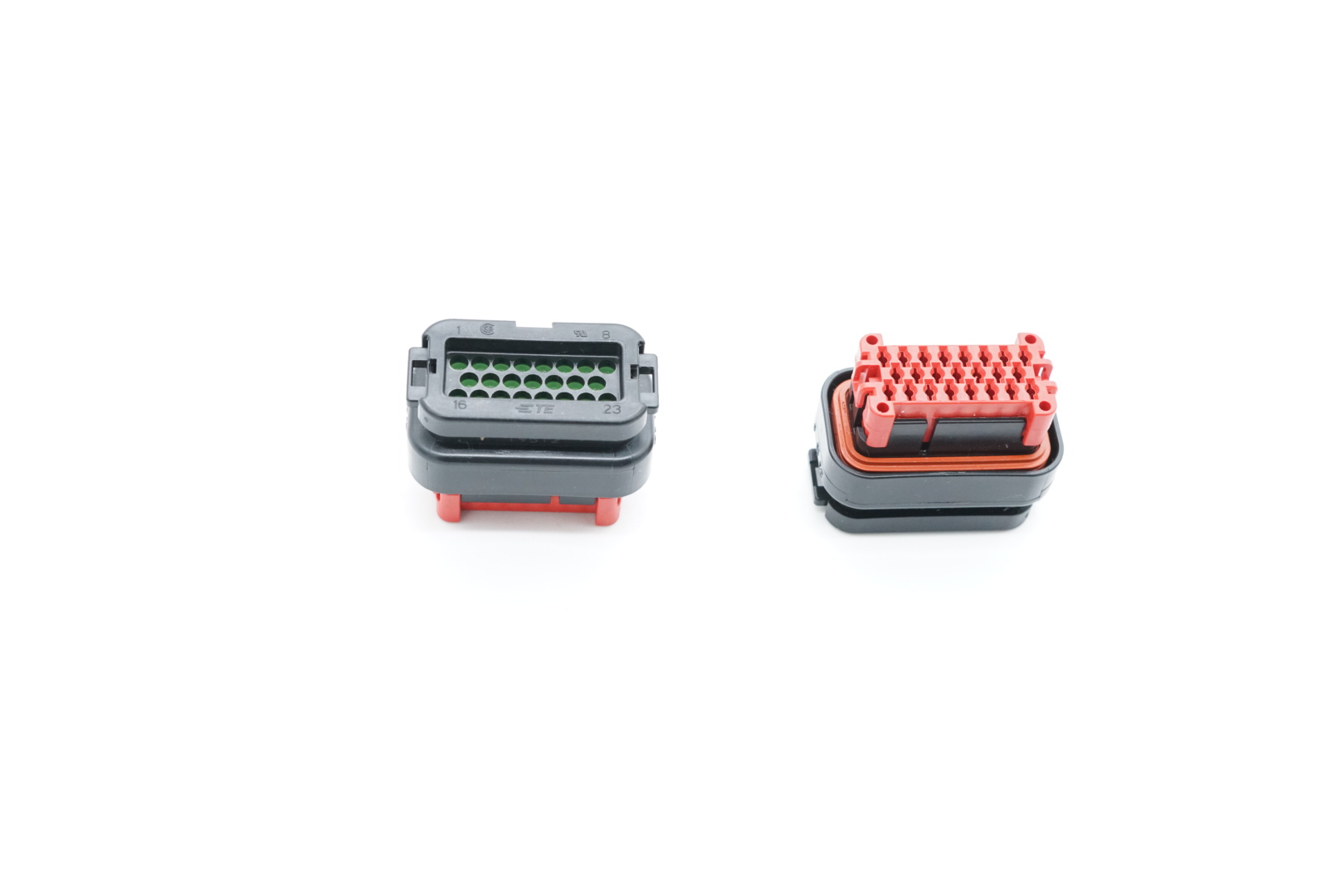A heart rate monitor can be a useful tool for anyone interested in exercise because it allows a person to manage the intensity of a workout. This is important because personal fitness goals often require exercise to be maintained at some target heart rate.
Heart rates are typically measured either optically, such as with finger-worn devices, or using a chest strap containing electrodes. Raw sensor data likely requires filtering and precision amplification before A/D conversion and processing. A microcontroller processes the signal and controls any interface and auxiliary peripherals.
Major subsystems include:
- An analog front end (AFE) which, depending upon design considerations, may include precision/instrumentation amplifiers, filters, ADCs, and multiplexors. This can be implemented discretely or as an integrated solution.
- A microcontroller, to control peripherals and extract a heart rate from the signal(s)
- I/O communication
- Power management
Power efficiency is a primary consideration when designing battery powered devices. Choosing an appropriate low-power microprocessor can extend battery life.
Regardless of the optical or electrical nature of the sensor itself, the signal will be subject to significant noise from sources such as 50-60 Hz line power interference or body movements. However, a well-designed filter may help mitigate these error sources.

